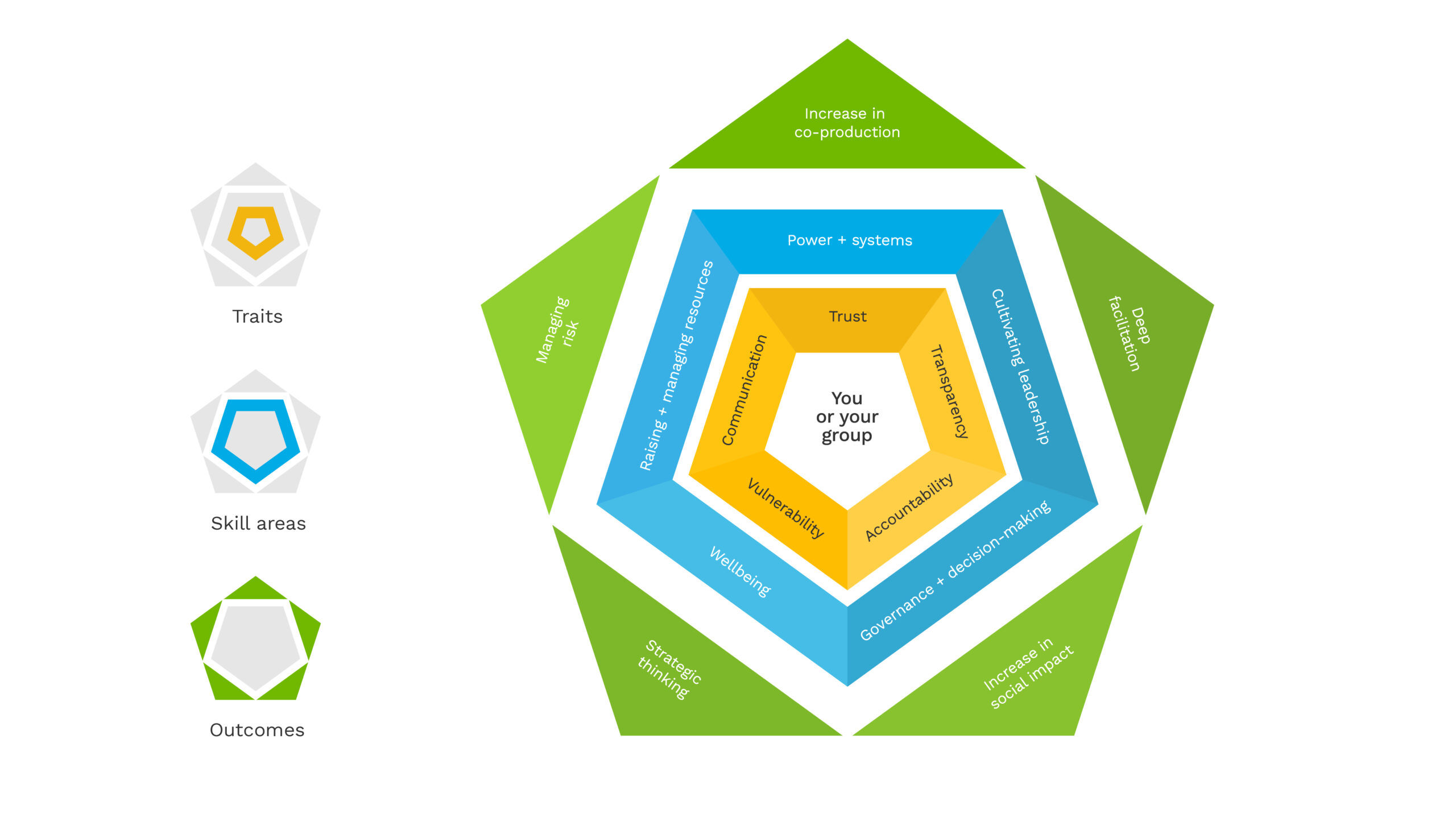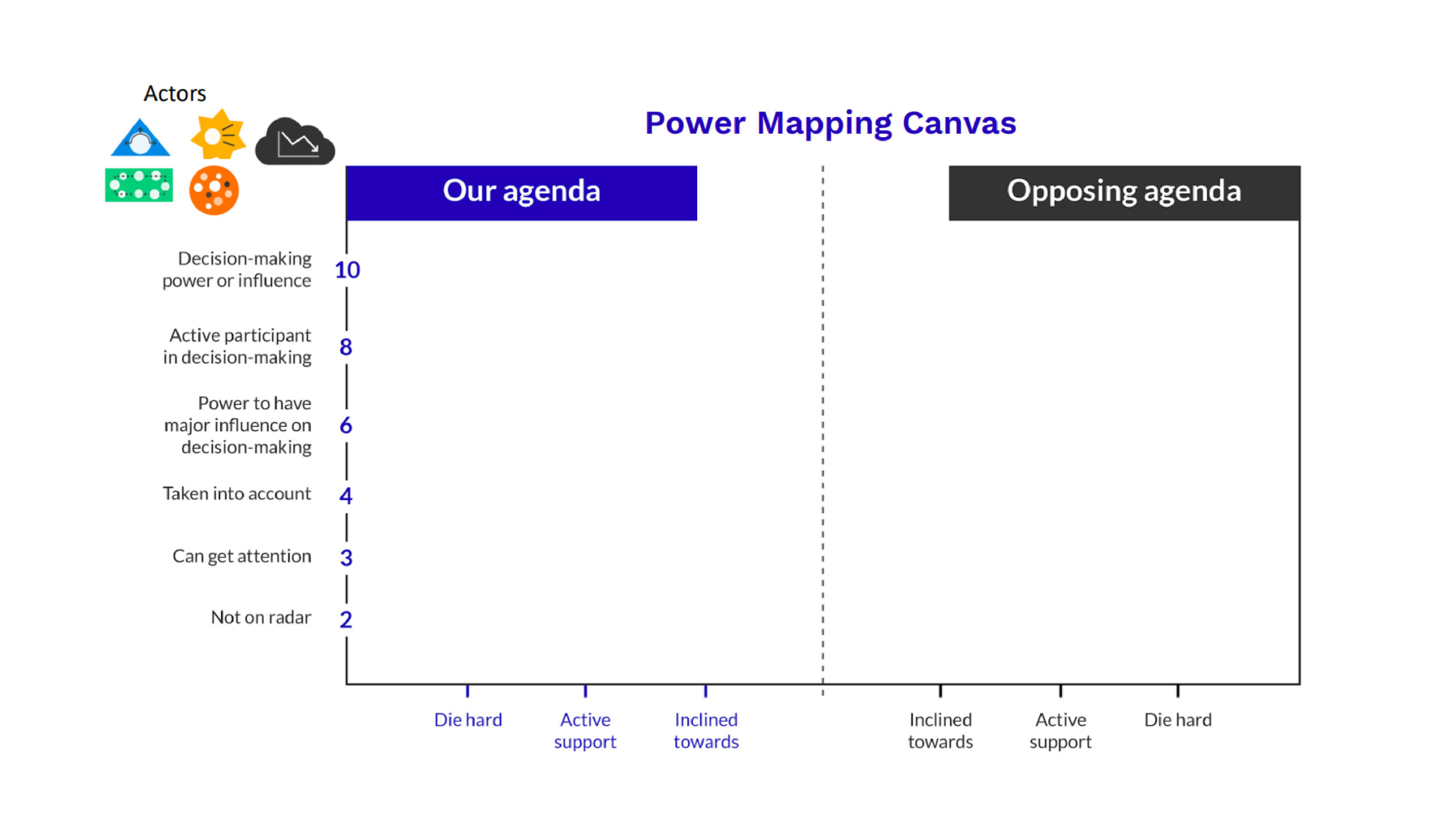The Art of Hosting | In conversation with Jose Barco

In our latest podcast Jose Barco, an ‘Art of Hosting’ practitioner, talks us through this approach to harnessing a groups collective wisdom and self-organising capacity. Read on for our interview with Jose who talks us through the potential this method possesses.
How did you get involved with Art of Hosting?
“For a long time I was doing lots of varied work that just felt a bit meaningless. It felt like I wasn’t necessarily contributing to anything good in society, and I somehow ended up enrolled to become a community organiser. In the process of doing my work, I realised that one of the biggest challenges for community groups was to work amongst themselves, let alone get the work done beyond just building their own relationships.
I was exposed to the Art of Hosting and for my first experience I was blown away and I thought, this is a work that really calls me and I want to do this. I want to support people to collaborate with each other, to see beyond their differences, beyond their roles.”
What is Art of Hosting?
“Art of Hosting is a practice that has frameworks to help us to design processes for people to enter into conversation with each other in a meaningful way, to self organise when they’re doing any kind of work. It’s an approach to conversation and how we run organisations, but also how we are with other people and how we allow other people to also be.
I think one of the key ideas is that of bringing the whole into the room. We cannot separate the role from the human, and when we do that’s when conflict arrives because we’re not building trust, we’re not building relationships, we’re just jumping straight to the work and we’re not getting to understand and know each other. So part of the magic trick of Art of Hosting is to just help people to bring themselves into the room as a whole.
Another one of the key foundations of being an Art of Hosting practitioner is understanding the importance of working with purpose, having a clear purpose as the invisible leader. To give space to chaos, but to also have a minimum structure to be able to contain conversations.”
Is there an example of when it’s worked really well?
“One example was about a year ago in Bristol, there was a big tension in the community around an initiative that was brought into neighbourhoods to reduce the number of cars on the road. This created a big polarisation between newcomers, people who were perhaps a bit more affluent, and a bit more educated around green issues. And the historical residents of the neighbourhood who were concerned this might add time to their school run.
So I was called in to basically create a space where people could really hear each other and listen to each other without judging or interfering in what the other person was saying. And whilst the people who brought me in to do the work, had an idea that things were just going to get resolved that day, for me it was clear that that wasn’t going to happen.
The first thing is that people needed just to listen to each other, to feel heard. We transformed the layout of the room, we went from having the usual us and them, people with the power on the little table at the front and everyone else at the bottom, as if it was a chore or a thesis and we’re just presenting. And we made it a circle. We had the opportunity for people to actually speak, to listen to each other, to ask questions without judgement, and yes, to get passionate but not let the passion get in the way.
We were able to create a space where people could really connect with each other. At the end of the event, one of the people leading the opposition group came and said to me that this was the first time in a whole year of proceedings with the council, where they actually felt that they were listened to.”
Listen to more podcasts with inspiring change-makers


